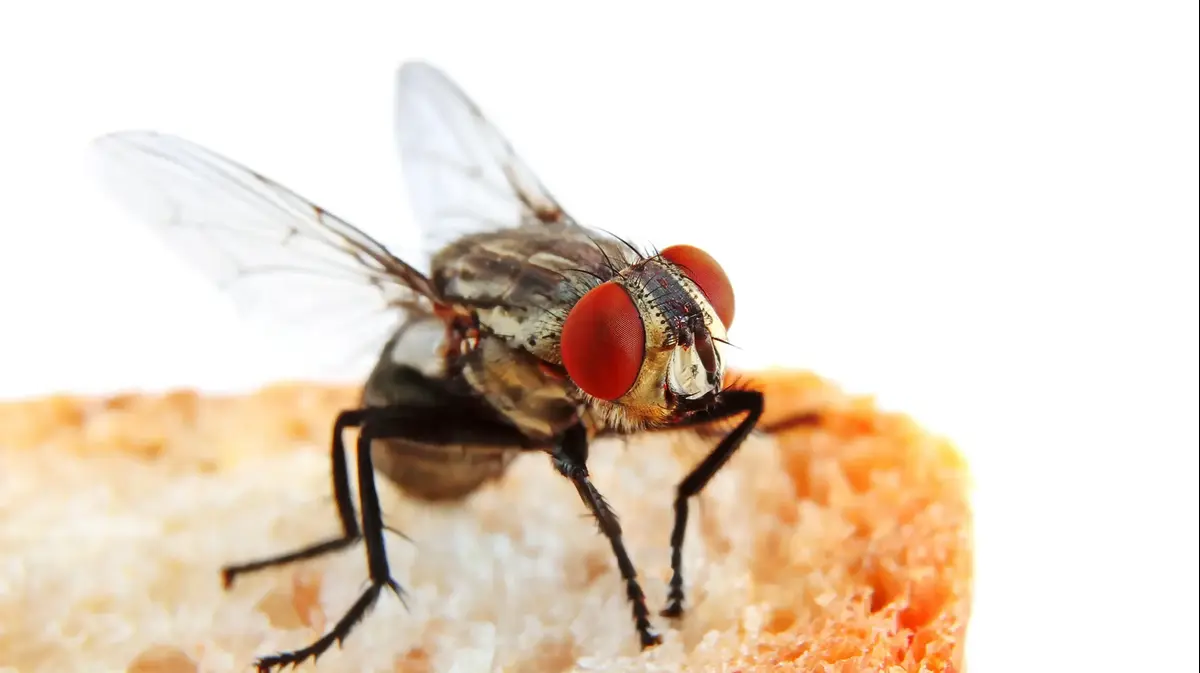Eating fly/YOUTUBE
What do you do if you see that a fly landed on the food you just planned to eat?
Many people adopt the "five second rule" and continue eating if the fly has not been on the food for more than five seconds.
But you will probably neglect this law too if you understand what happens when the fly lands on the food and how it really eats.
Ron Harrison, an insect expert said that flies are capable of carrying more than 200 forms of harmful bacteria, thanks to their special fondness for waste and excrement.
According to him, the thousands of tiny hairs that wrap around their bodies keep the bacteria at bay until the fly lands on our food.
"The fly only needs to touch the food for a few moments to transfer the most dangerous types of bacteria to it," says Harris.
"Flies are known as pests that transmit serious infectious diseases and it is probably best to avoid foods they have touched - even for a short time."
A video that was recently uploaded to social networks and has gained 22 million views on YouTube and millions more views on other networks, reveals in a very graphic way what happens the second a fly lands on the food and how... the flies simply vomit into our food before they try to swallow this pulp together with the food.
"Flies can't chew like humans, so instead, they vomit some kind of mucus like this on your food," explained the video, which shocked everyone who watched it.
Viewing at your own risk
The well-respected Mayo Clinic medical research institute warns that we must beware of flies that may transmit particularly serious diseases such as cholera, typhus and dysentery to our food.
The unpleasant symptoms of these diseases include, among others: diarrhea, nausea, vomiting, fever, headaches and fatigue.
Dr. Jeff Scott, an entomology lecturer at Cornell University, also joined the warnings and said that "flies have the ability to carry and transmit any kind of disease-carrying microorganisms."
More about flies
Is it dangerous to eat food that a fly has been on?
Is the kitchen infested with flies? Seven Actions that will make them run away
Most of the followers who were exposed to the video, as you probably imagined, were quite surprised and equally shocked by the information that since they have no teeth, the flies emit a kind of mixture of proteinaceous material on the surface of the food and thus they break the food down into a kind of chemical soup that they can suck up with their spongy mouthparts .
This behavior is not new in flies, but very few people were aware of it and those who were exposed to the video were shocked. "This is much more disgusting than I imagined," wrote one commenter. "Wow, this is much worse than I thought, thanks," another commenter wrote. The truth? They can be understood, we were also surprised, and you?
More on the same topic:
Fly
Food
Flies

